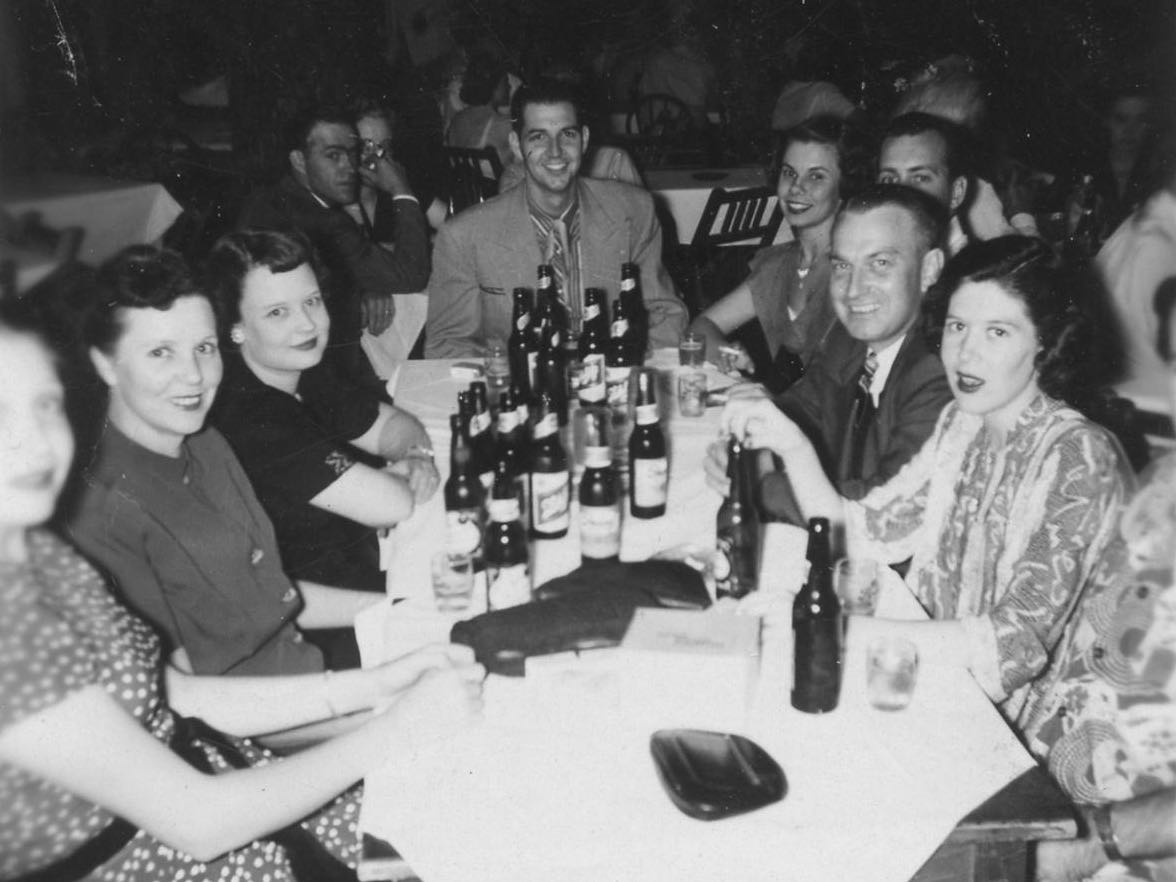
Introduction: The Wild Side of Life
By 1946, the town (instead of the gown) had emerged as the new mover of music in Austin. Working class Austinites and area military personnel became crucial live music patrons, prompting a wave of Honky Tonks and dance halls to open up to cater to them. These wartime and post-war dance venues featured new-fashioned styles of pop music, prompting the formation of a slew of new bands in town while attracting musicians from surrounding small towns. The rough halls circling the city limits hired Western Swing and so-called “Hillbilly” bands, music that had existed in Austin for decades but had remained marginal compared to collegiate dance orchestras. Similarly, small bars and dance halls in East Austin began to feature rhythm and blues, latin, and conjunto music, creating their own parallel, if smaller, scenes. By 1950, the local stars of the Austin clubs were Jesse James and his Gang , Jimmy Heap, Camilo Cantú, and T.D. Bell, not the jazz-oriented dance bands of the Gardner brothers .
This amounted to a remarkable rebalancing of Austin’s music scene. There was now a full running circuit of music bars and venues for regular working people, making their taste and preferences a significant component of the city’s musical environment for the first time. If one could point to the incredible power that students had over which bands performed in 1937, that was no longer the case a decade later.
This transformation was ultimately bound to the city’s ballooning growth and the changing character of its population. Who went out for nightly entertainment was crucial to what kind of music got played. Although these shifts were already underway, World War Two intensified the area's demographic change, catalysing the emergence of a new music scene over the course of the 1940s.